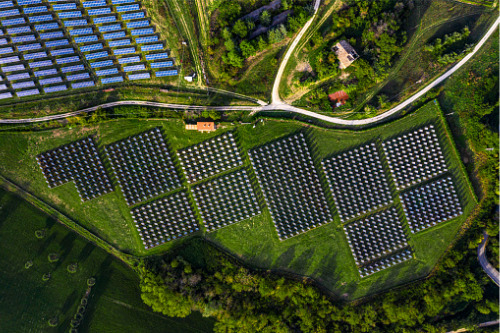

Insurers have traditionally taken a cautious approach to providing cover for brand new technologies, particularly in the renewable energy sector - but Willis Towers Watson says that New Zealand has another issue that could be worrying insurers, and that is a lack of experienced contractors.
According to national construction manager Tony Seto, New Zealand is not experiencing a ‘goldrush’ for renewables in the same way as Australia, and, as a result, there are not many expert contractors who deal exclusively with renewables. This makes insurers doubly cautious about the level of risk they take on, particularly when it comes to projects with large potential losses.
“Developers typically want to use the biggest and largest technology, particularly in my own area of wind farms,” Seto said.
“The fortunate thing about renewables assets is that a lot of them tend to be pretty spread out. It’s not like a building project where the insurers taking on the risk have all of their eggs in one basket, so if you end up facing a loss, you don’t tend to have a total destructive loss that cascades throughout the entire wind farm.”
“Logistically, there is also not that much difference in sending something to Australia compared to New Zealand,” he explained.
“But the issue with New Zealand is that it doesn’t have as many contractors, particularly experienced level ones with longstanding expertise in the field. That’s a key challenge for New Zealand developers - attracting the right type of contractor to build that asset.”
Seto says that most contractors in New Zealand deal with a number of different sectors, and won’t normally specialise exclusively in renewables - something which can give insurers pause for thought when considering cover. He says Willis Towers Watson has been working with insurers to help increase their confidence around New Zealand’s expertise level, though development has been noticeably slow nonetheless.
“A large chunk of our electricity generations comes from a renewable source, and, as a result, we haven’t had the ‘goldrush’ that Australia has had with its renewable targets,” Seto said.
“We do have targets which have been set by the government, but, in a way, a lot of our contractors are more ‘dabbling’ in the area rather than doing it on a regular basis.”
“From an insurer perspective, if you’re not doing it often enough then you start to lose that skill,” he added.
“It’s a small market, particularly in the construction space, so the insurers tend to know who has been engaged, and the loss histories that come with it. If one contractor comes with a bad loss history, the insurers tend to know who they are and rate them accordingly. We’ve done a lot of work with insurers in trying to demonstrate the expertise of the contractors being engaged.”
